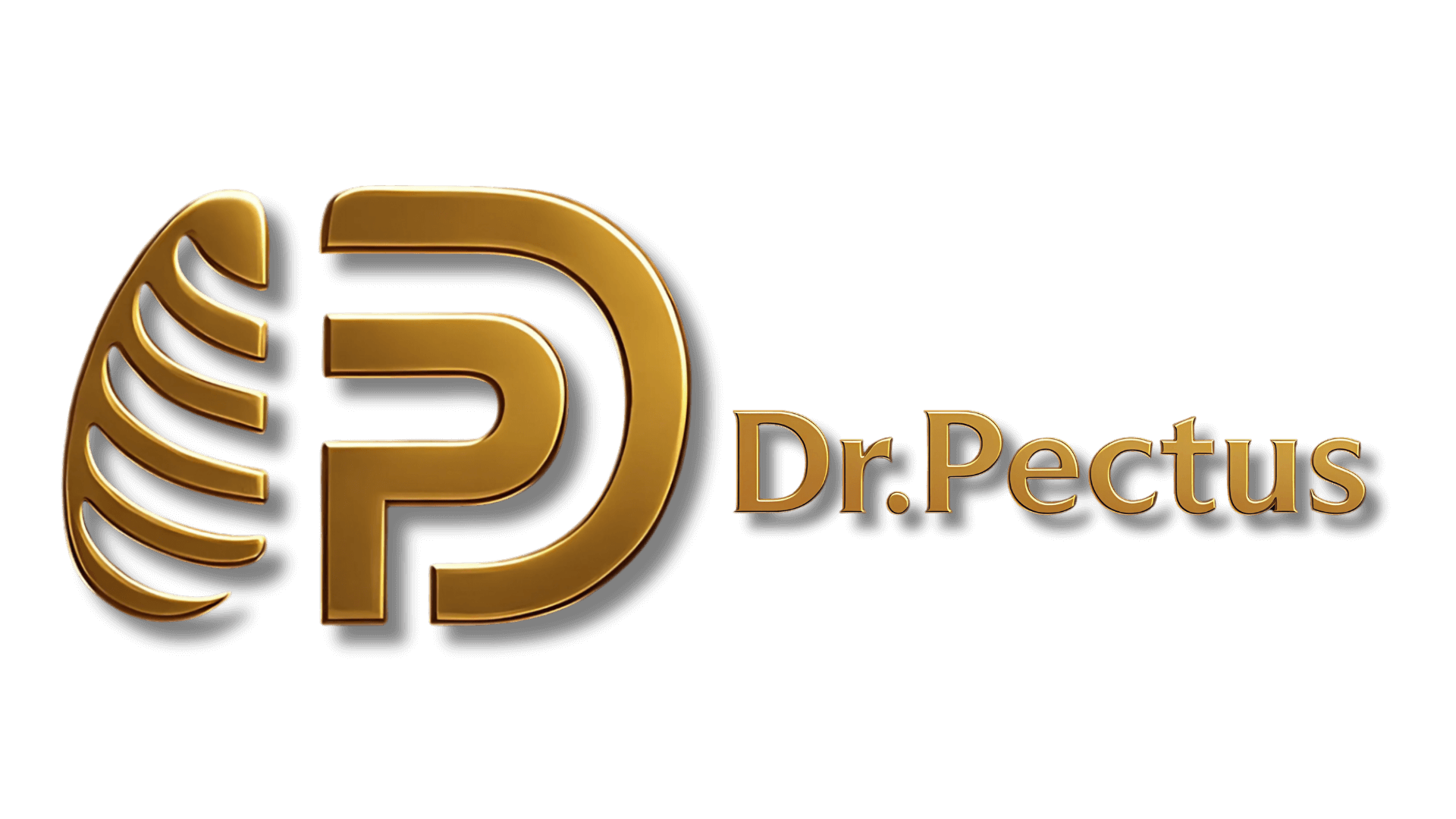The sternum bone consists of three parts. The uppermost part is called the manubrium, the middle part is the corpus, and the lower part is the xiphoid. These three pieces are connected by immovable joints. However, these parts are not straight but slightly convexly articulated, protruding slightly outward. Therefore, when viewed from the side, the sternum bone shows the classic “banana shape.” An ideal chest cage shape should have this “banana shape.” The angle between the manubrium and the corpus is referred to as the “angle of Louis” in anatomy. An angle of 162 degrees is considered ideal.
In pectus excavatum or carinatum deformities, the body and xiphoid part of the sternum are usually located more inward or outward than they should be. In Pectus Arcuatum deformity, the manubrium part and the adjacent cartilaginous ribs protrude excessively outward. Not only is there protrusion of the manubrium, but also the Louis angle, which should ideally be 162 degrees, has significantly decreased, forming a sharp corner on the bone and causing the body and tail portion of the bone to be oriented further inward than it should be.













